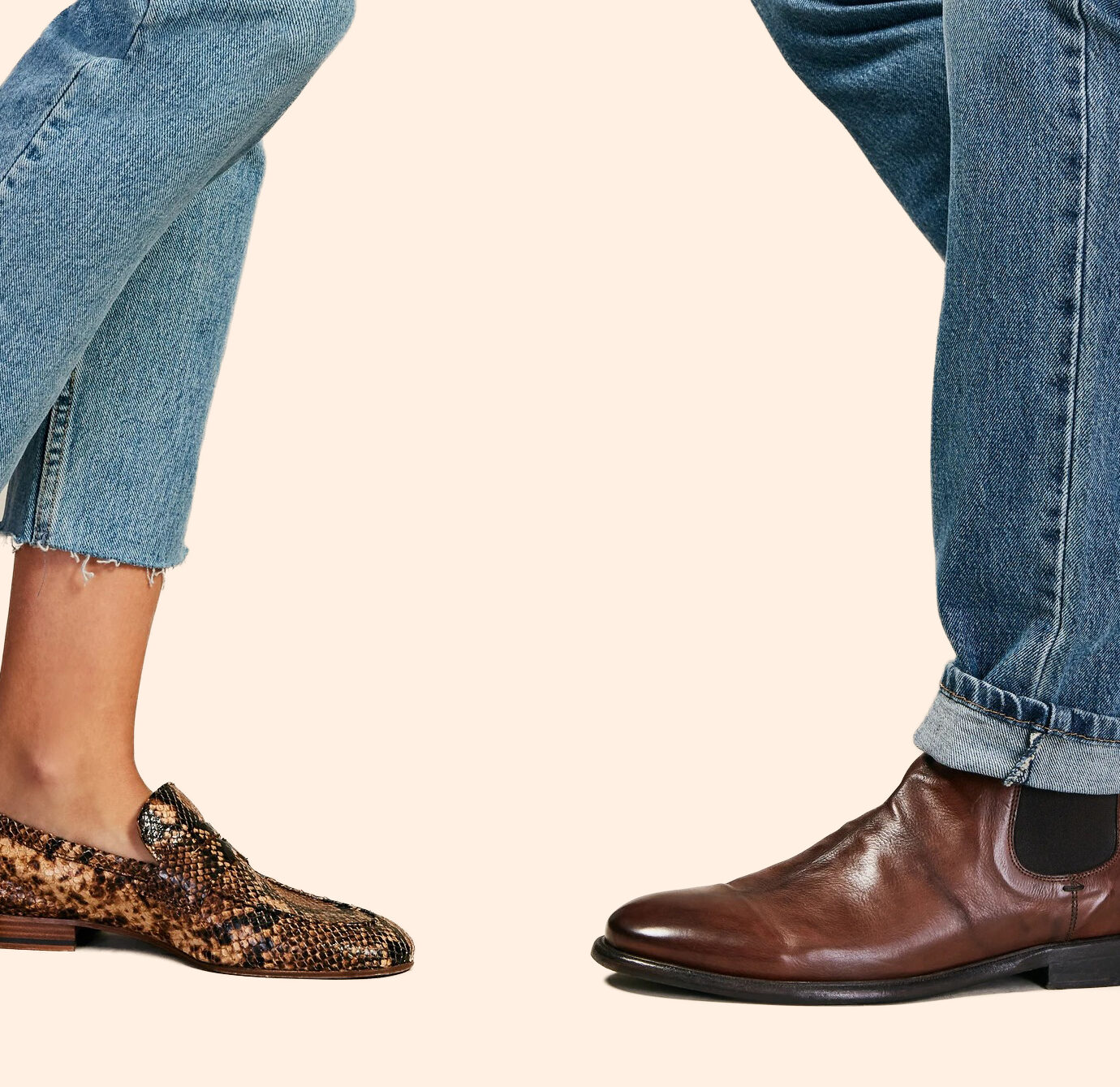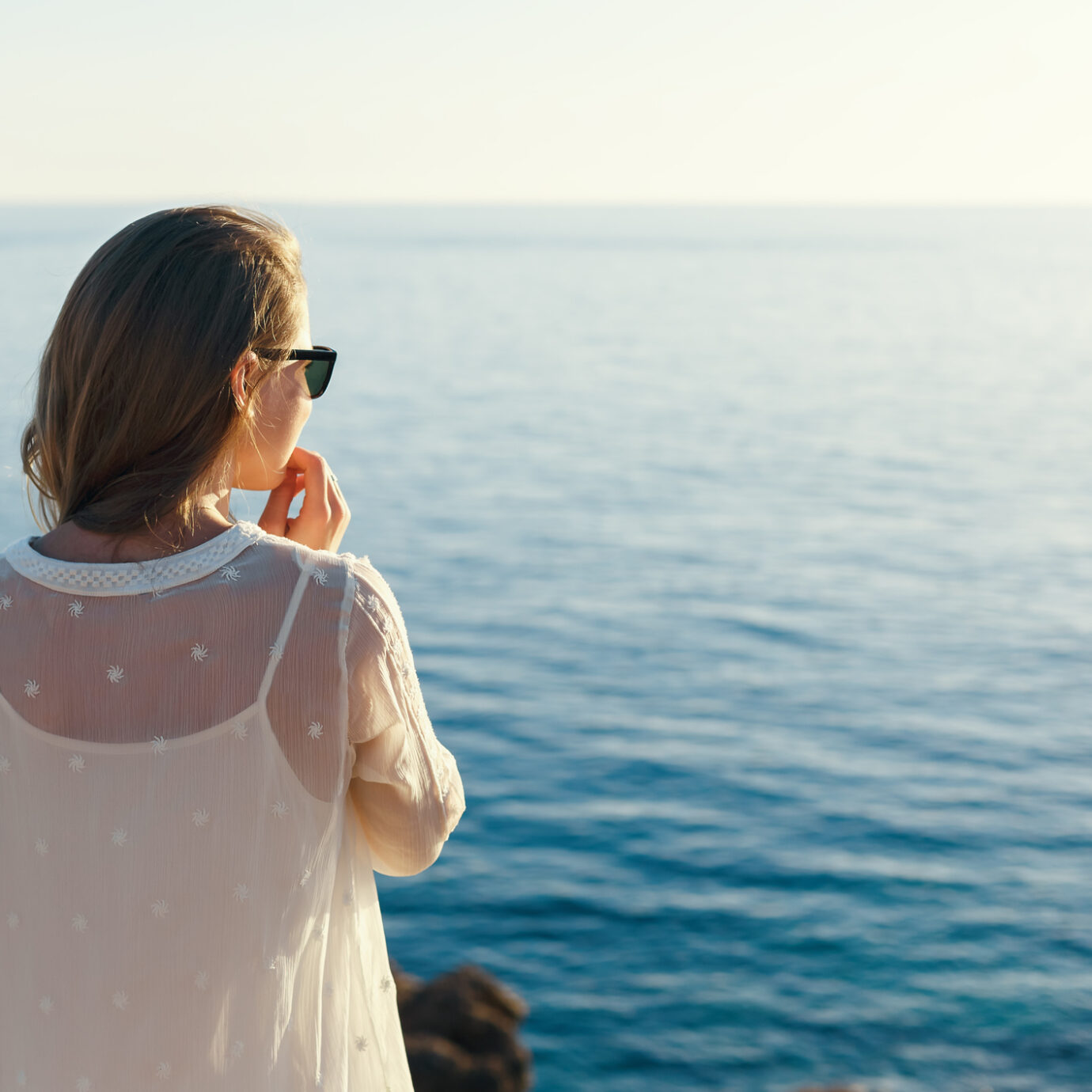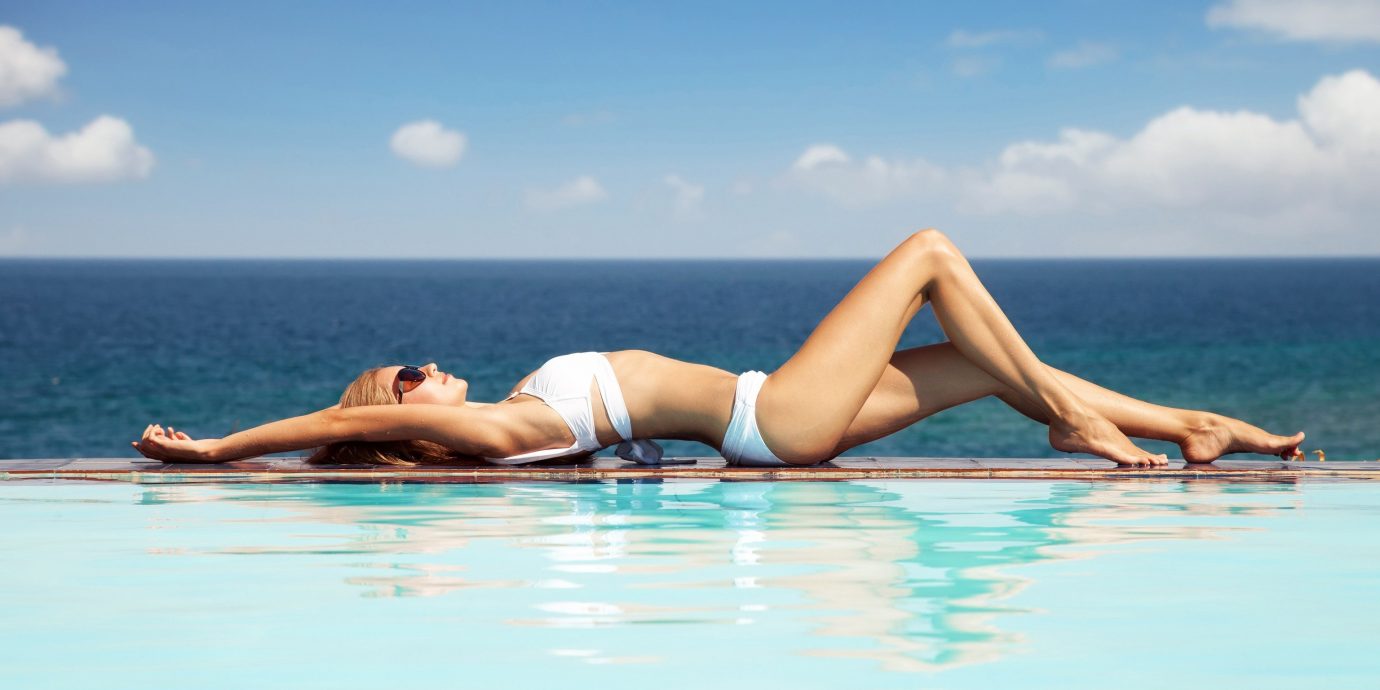
History of the Bikini
It may seem obvious, but cheeky bottoms and barely-there tops weren't always the status-quo. Here, we chart the 70-year evolution of the bikini, from navel-covering two pieces to the g-string and everything in between.
Consider the bikini. (You certainly wouldn’t be the first to do so.) Those two provocative scraps of fabric have been capturing the public’s feverish imagination since they first graced the curves of French dancer Micheline Bernardini in 1946, when she innocently modeled designer Louis Réard’s two-piece swimsuit and in so doing changed the course of fashion history. The fascination with this ever-evolving skimpy costume doesn’t look like its waning any time soon. But has the bikini finally gone too far?
The pearl-clutching set certainly think so. Thousands of American women were up in arms when the latest edition of Sports Illustrated’s swimsuit issue was unveiled in February 2015: gracing the cover was model Hannah Davis, posing in a teeny-weensy barely-there bikini that she was cheekily pulling down to mid-thigh, leaving very little to the imagination and creating a minor scandal. (Adding fuel to the fire was the fact that between rigorous waxing and Photoshop, her body appeared almost alien in its smooth perfection.)
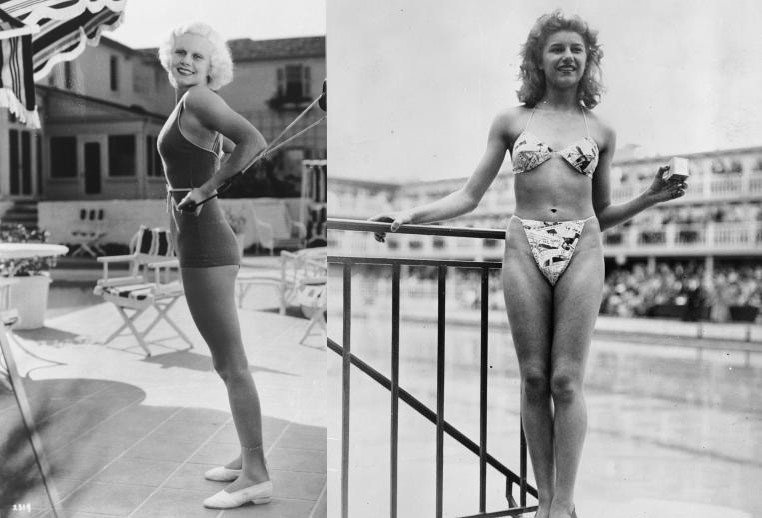
But let’s face it: the bikini has always been in the business of raising eyebrows and pulse rates. In our minds, it’s part of its entire raison d’etre. Just take a look at history. In the post-war years, it wasn’t difficult to scandalize a general public whose previous notions of suitable bathing ettiquette involved neck-to-knee thick cotton or wool serge robes and a horse-and-buggy-type contraption called the Bathing Machine. Women wanting to go for a dip in the early 1900s entered the enclosed carriage and slipped into a swimming garment while a horse pulled the cart into the surf. With the device halfway submerged in the water, the bather would be free to dive off the side, far enough away from the shore so as to not scandalize her fellow beachgoers.
In 1907 Annette Kellerman the Australian-born swimmer known for popularizing the unitard-style swimsuit was arrested on a Massachusetts beach for her overly provocative fashions. Kellerman capitalized on her infamy by heading straight for Hollywood, where she would go on to star in a number of suggestive mermaid-style aquatic shows. Moral outrage aside, she’s most widely remembered for helping liberate women from swimming costumes you couldn’t swim in, much less move in proving that the bikini was also a triumph for early feminism. Fast forward a few decades and silver-screen sirens like Ava Gardner, Rita Hayworth and Marilyn Monroe were appearing on the beaches of Southern California in platform sandals and two-piece swimsuits, a morale-booster for post-World War II America. The getup—which consisted of a halter-top and a modest bottom—doesn’t seem that jaw-dropping today, but back then it was considered grade-A titillation, with pinup clippings of Hollywood’s bathing beauties appearing in the billfolds of G.I.’s everywhere.
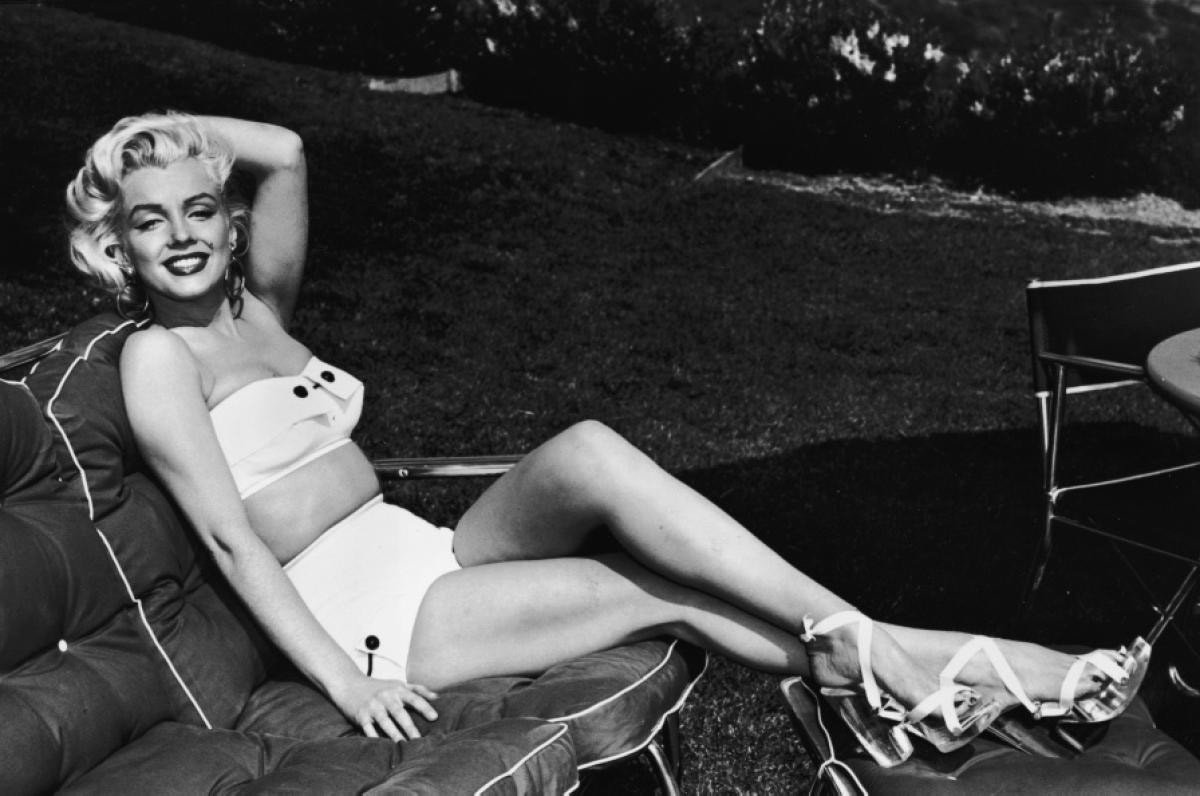
By 1965, the prudish Hays Production Code (which basically amounted to film censorship) had lost most of its popular support, meaning studios were now free to capitalize on the ubiquity and mass appeal of the bikini, exposed navel and all. Not surprisingly, Hollywood embraced the moment with glee, and the sexiness factor reached stratospheric levels. That era produced some of history’s most enduringly fabulous bikini milestones: think a voluptuos Raquel Welch rocking that fur two-piece in One Million Years B.C. (a look Kim Kardashian paid homage to when she posed in a similar "furkini" earlier this year in a shoot photographed by hubby Kanye); brunette bombshell Betty Page, who rarely seemed to be photographed wearing anything else; and perhaps most famous of all, a goddess-like Ursula Andress emerging from the ocean in the 1962 Bond film Dr. No wearing a va-va-voom white bikini and low-slung knife-belt. It was a moment that inspired legions of imitators, from Sports Illustrated which debuted its swimsuit issue in 1964 with a cover paying homage to the scene to Halle Berry, who emerged from the sea in similar fashion in the 2002 Bond flick Die Another Day. (The bikini might have been orange instead of white, but the knife belt, killer body and take-no-prisoners attitude were dead ringers for the original.)
In the 70s, bikini fashions became even more risqué, with thong-style suits barely more supportive than dental floss hitting the beaches of Rio de Janeiro (a trend that continues to this day); the monokini (a topless bathing suit) emerging in popularity; and the “pubkini” (use your imagination) also making an appearance. The advent of such styles led etiquette guru Emily Post to declare that bikinis were suitable “for perfect figures only, and for the very young.” Obviously middle-aged bombshells like Madonna, Stephanie Seymour, Sharon Stone and Helen Mirren never got that memo.
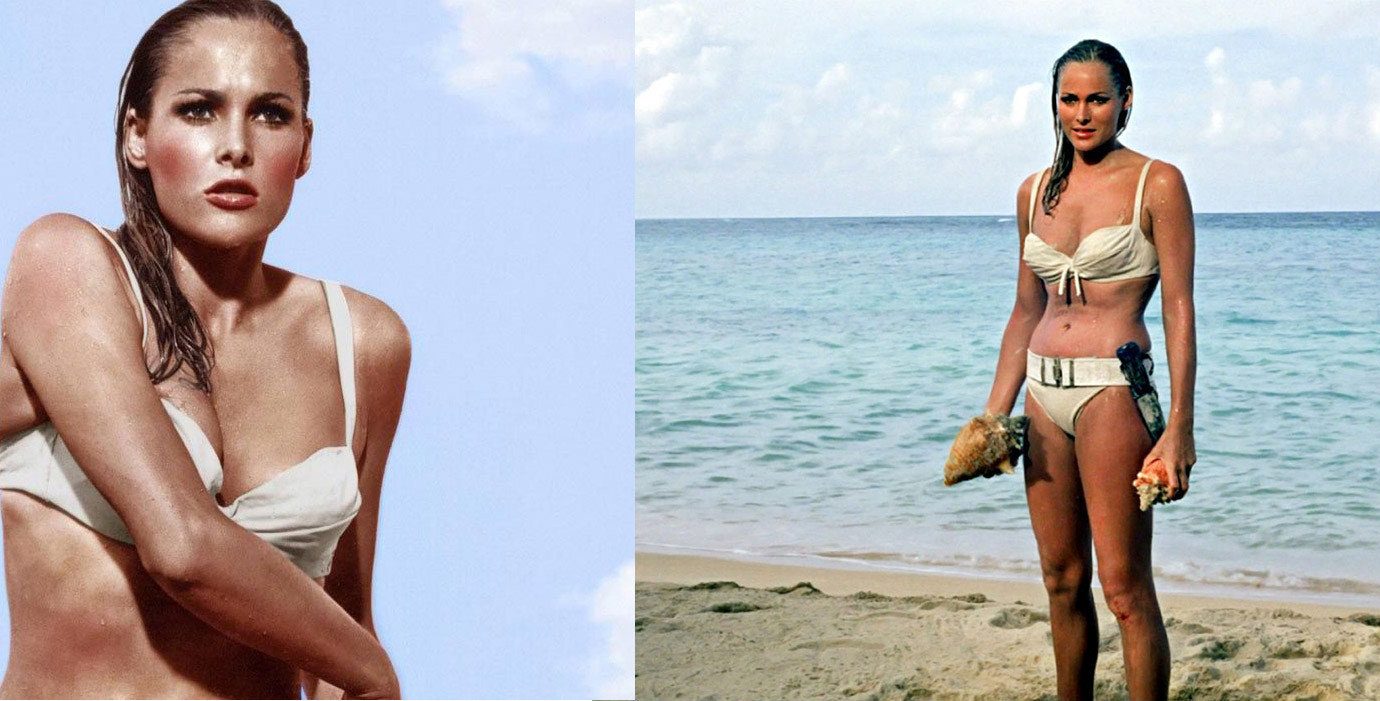
Just when it seemed the bikini couldn’t get any skimpier, along came the 1980s. In a decade that was all about athleticism and showing off your thighs, in part thanks to the immense popularity of Jane Fonda home workout videos, the beach icon soared to new heights literally. High-cut bikini briefs that extended the leg line became wildly popular, both on real-life beaches and in Van Halen music videos. (Perhaps not coincidentally, Brazilian waxes were introduced to the U.S. in 1987.)
And what of the bikini today, you ask? Surely in this era of oversharing (there’s Kim Kardashian’s ass, Miley Cyrus’s pierced tongue), this innocent form of beach-wear has lost its capacity to shock and awe, right? Nope, the teeny-weeny bikini is still causing a splash, whether in the form of Hannah Davis and her pubic bone-baring swimsuit issue cover or curvy model Kate Upton’s, er, unsupportive-style string tops.
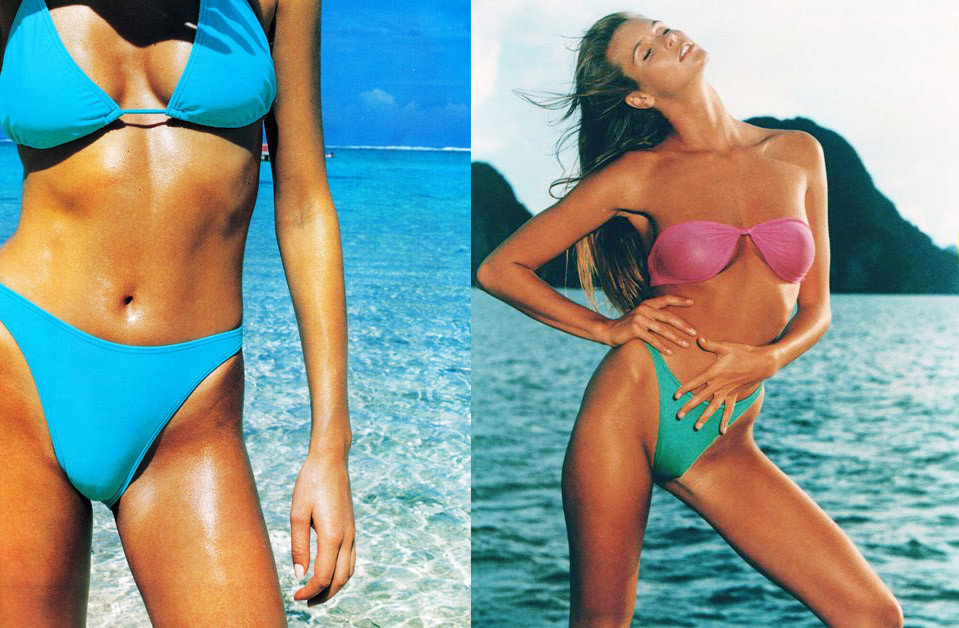
And the truth is, we can’t wait to see how the bikini evolves in years to come. Yes, some may think it’s become overly sexualized (and we certainly agree mainstream media can take it too far), but when we see “normal” women, old and young, on the beaches of Brazil wearing itty bitty thongs—despite cellulite and all—we think, you go girl. The bikini is a testament to a woman’s confidence, can make her feel sexy, and, like in the era of Anette Kellerman, symbolizes a triumph for feminism. Not all of us have Upton’s breasts or Kim’s butt, so when we sport a tiny bikini we’re telling the world, “We’re not perfect, but we don’t care.” (Although if the neon-green mankini popularized by Sacha Baren Cohen’s Borat is any indication of future trends, count us out).
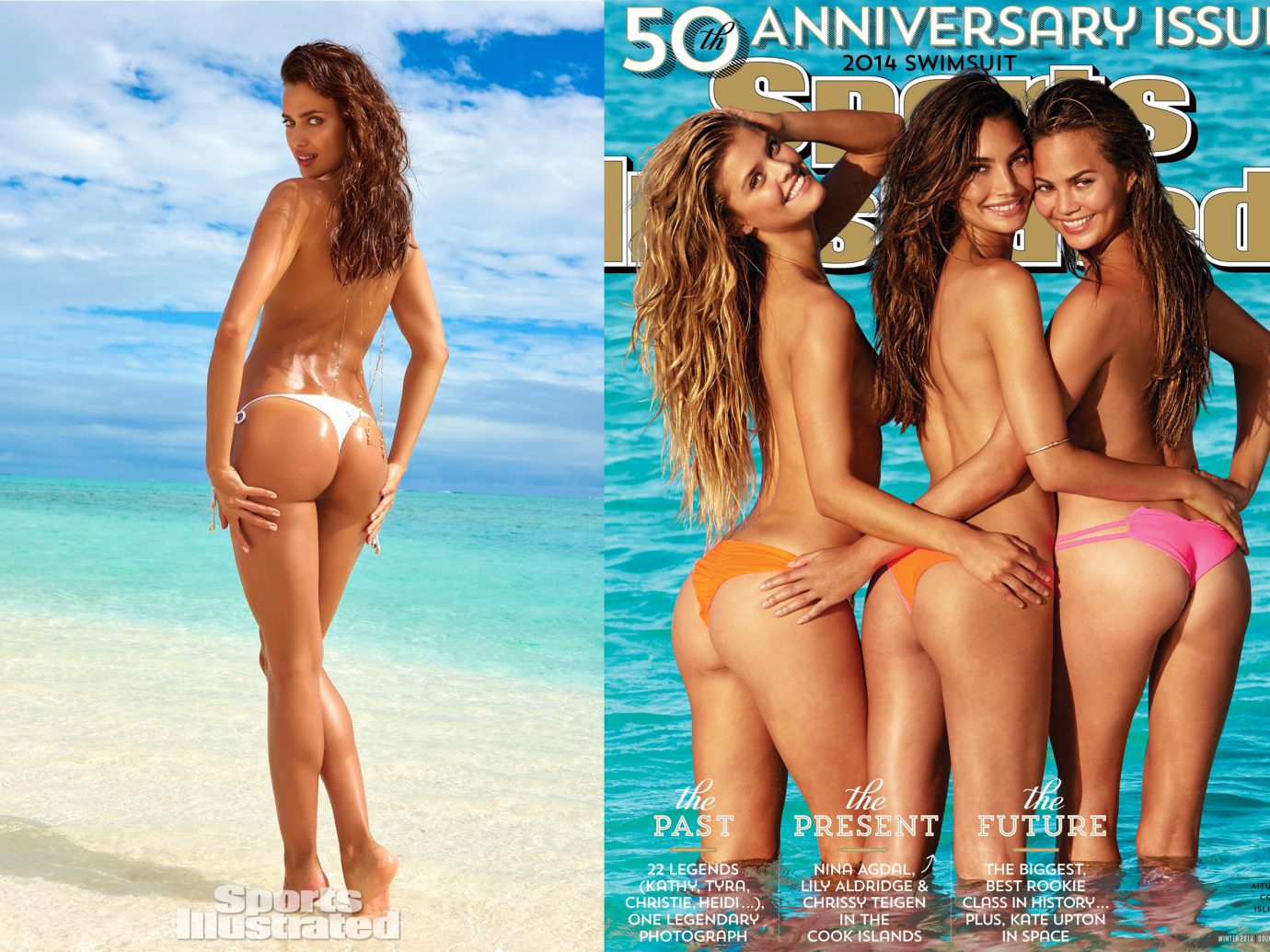
Want more?
Comments
All products are independently selected by our writers and editors. If you buy something through our links, Jetsetter may earn an affiliate commission.
Become a Jetsetter.
Use our insider connections to know where to go and what to do.
By proceeding, you agree to our Privacy Policy and Terms of Use.
Thanks for Signing Up!


